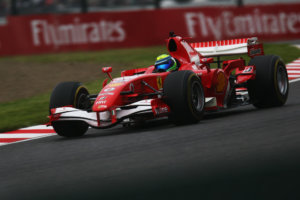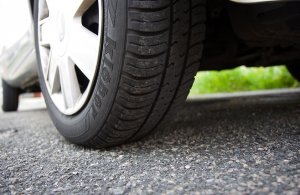A growing demand exists for alternative fuel vehicles due to government regulations and environmental concerns. Substitutes for conventional engines that are gasoline-powered and contain internal combustions are important for both consumers and the manufacturers who will provide them. Which direction should be taken is a tricky dilemma for both. There are several options.
Gas-Electric Hybrids
The original hybrid models, the Toyota Prius and the Honda Insight, each reached the U.S. in the year 1999. Today there are roughly 40 gas-electric models available for sale. Using electricity to power vehicles to some extent has significant benefits, both for emissions and fuel economy. A battery power at low speeds and handles stopping and starting. Regenerative braking and the gas engine charge the battery so it does not need to be plugged in.
Plug-In Hybrids
PHEVS, or plug-in hybrids, have larger batteries that can get the car moving with the use of electricity alone, generating zero emissions. These batteries are charged by plugging them in to a power source. Fewer models are available in the U.S., and the larger batteries add a hefty amount to the price tag.
Electrics
EVs, or electric vehicles, run free of gasoline entirely. They make use of a battery to store electric energy used to power the motor. Acceptance of EVs has been growing since their introduction to the market. Range anxiety is a deterrent that continues, as is the limited number of charging stations that lie outside of major cities.
Ethanol and Flex Fuel
Corn ethanol has made its way into the fuel supply of the nation thanks to the 2007 Renewable Fuels charge of the government. Ethanol has received a backlash because it contains less energy than does gasoline, which results in a fewer number of miles per gallon. It also takes a fair bit of energy to produce, leading to increased carbon dioxide emissions.
Biodiesel
Biodiesel, which is manufactured from animal fats, vegetable oil, or grease recycled from restaurants, raises conventional diesel fuel’s octane rating and burns in a cleaner fashion. It is also biodegradable and non-toxic. It can be used alone but is generally mixed with conventional diesel fuel. Biodiesel can be found in many vehicles that boast conventional diesel engines that lack modification.








